Rare Medieval cemetery is unearthed near Cardiff containing 70 graves of ‘high status’ people buried in bizarre positions
Archaeologists have been left with more questions than answers after the discovery of a rare medieval tomb near Cardiff.
Researchers have been slowly excavating the 70 graves carved into the rock over the past two summers.
But the eighteen graves excavated so far on the grounds of Funmun Castle have revealed strange burial sites.
Some of the skeletons appear to have been buried on their sides while others were found crouching with their knees raised.
Dr Andy Seaman, the archaeologist from Cardiff University leading the excavation, told MailOnline his team had 'only scratched the surface of the site'.
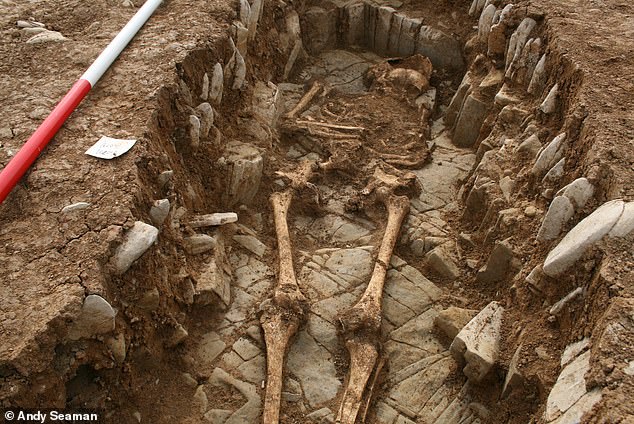
Researchers have been slowly excavating the 70 graves carved into the rock over the past two summers
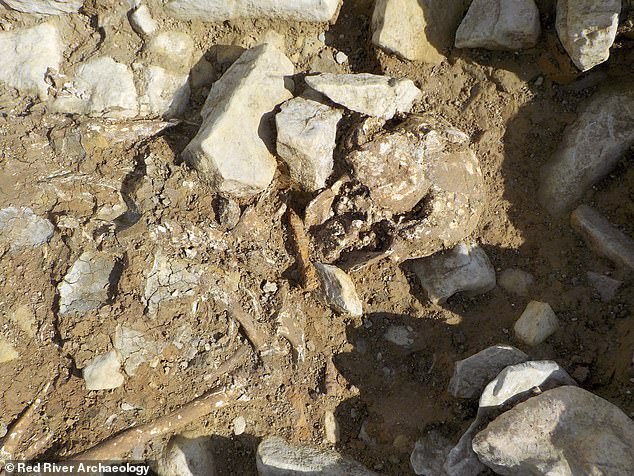

However, researchers have discovered what appears to be an unusual difference in burial rituals in the cemetery
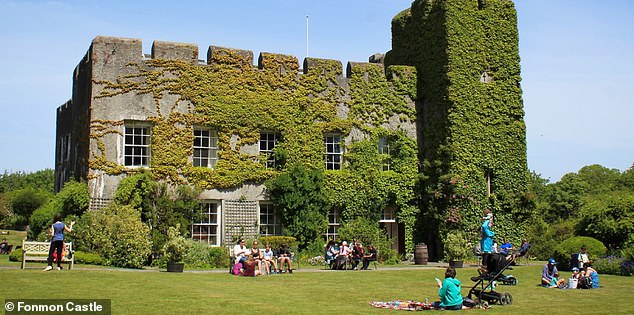

Funmon Castle itself was built in the 12th century, but the tomb is thought to be up to 600 years old.
While Funmun Castle itself was built in 1180, the tomb is believed to date back to the 6th or 7th century.
A large grave site from this period is already an amazing discovery, but the processing of the bodies makes the discovery even more mysterious.
Dr Seaman told MailOnline that crouching burials from this period had been found before, but only in very small numbers.
“There is much greater variation in burial rituals than we expected,” he said.
“For example, a grave in Somerset from a similar period contains 400 bodies, two of them kneeling.
“So far we have excavated 18 of them and four of them are roosting.”
One of the crouching tombs is even more unusual as it was placed within the ditch surrounding the tomb with “a large amount of stone” placed on top of it.
“Clearly some individuals are labeled as different in some way,” Dr. Seaman said.
Further analysis will be needed to determine exactly what this symbolizes, but other discoveries could provide some valuable clues.
In particular, archaeologists are interested in fragments of fine glass from Bordeaux and pottery that may have come from as far away as North Africa.
This suggests that the people buried in the cemetery had high status within the community and that the site itself was important.
“We tend to think of western Britain as a Celtic fringe, but it is not part of the wider post-Roman world,” Dr Seaman said.
“The presence of significant pottery and glass indicates an activity of some status and importance.”
Dr Seaman told MailOnline he believes they may soon discover evidence that the site was more important than previously thought.
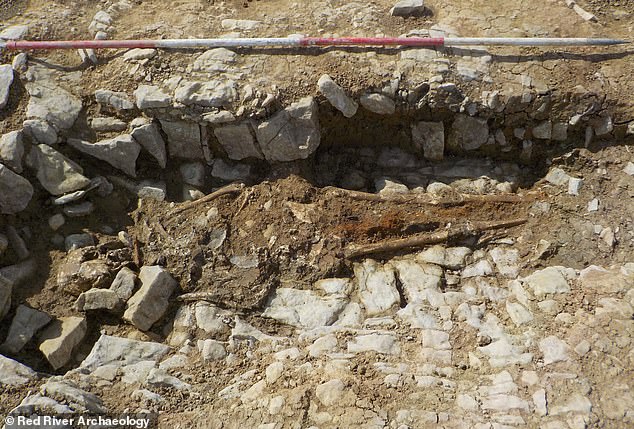

Skeletons from this period are usually found lying on their backs as shown here, but in this tomb some were placed on their sides.
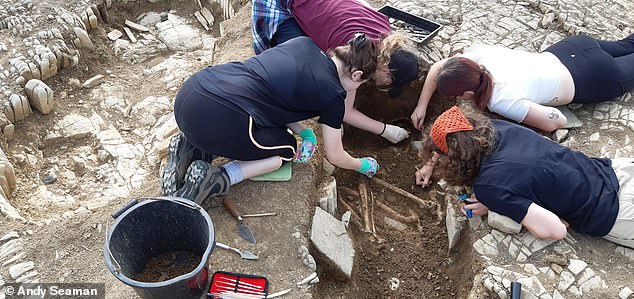

Four of the eighteen skeletons excavated so far have been found sitting, which is very unusual
“The cemetery is surrounded by a series of ditches, which may indicate that there is something else going on here,” he said.
“This is already clear from the animal bones and evidence that feasting, eating and drinking took place there.
“But it is possible that, as we excavate, we may find evidence of a church or even a monastic site.”
Even without additional discoveries, there is also a lot to be learned from the bones themselves.
Although the skeletons are about 1,500 years old, they are still in surprisingly good condition.
Dr Seaman explains that the acidic soil in western Britain usually causes bones to deteriorate quickly.
Fortunately, this site is located within the Vale of Glamorgan where the limestone-rich soil has left the bones well preserved.
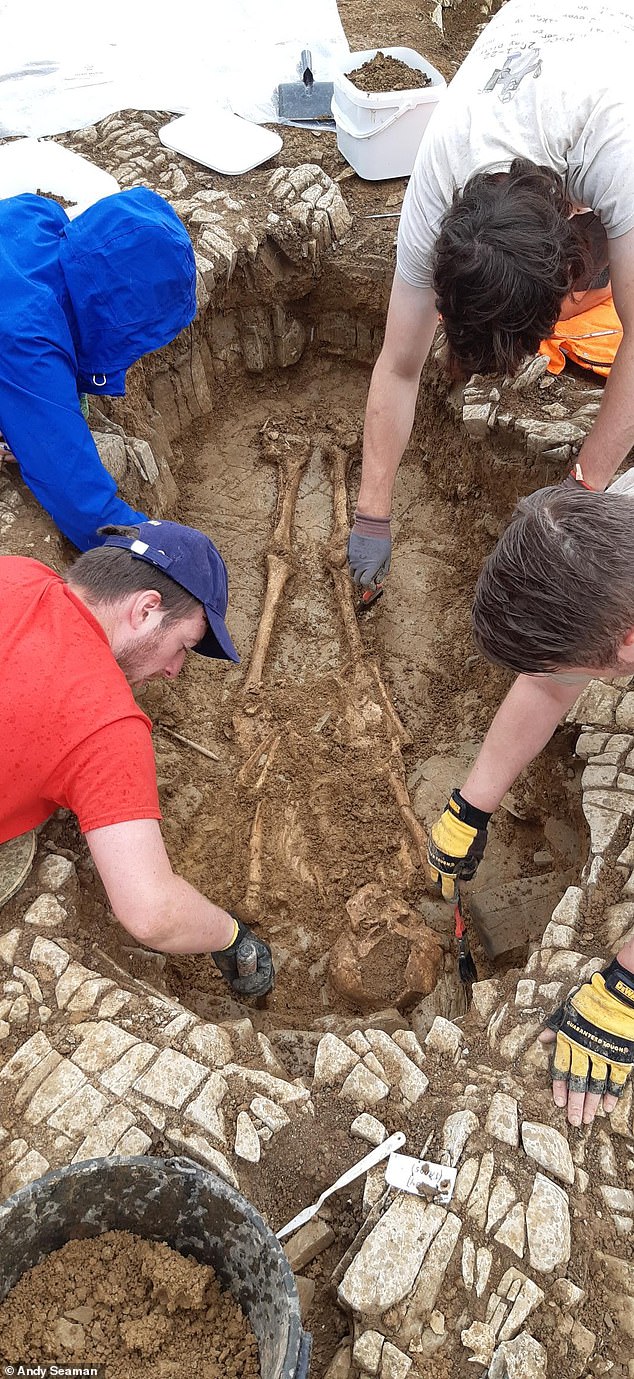

There is currently no explanation for why some people choose to have unusual burial rituals, but the team is looking for more clues.
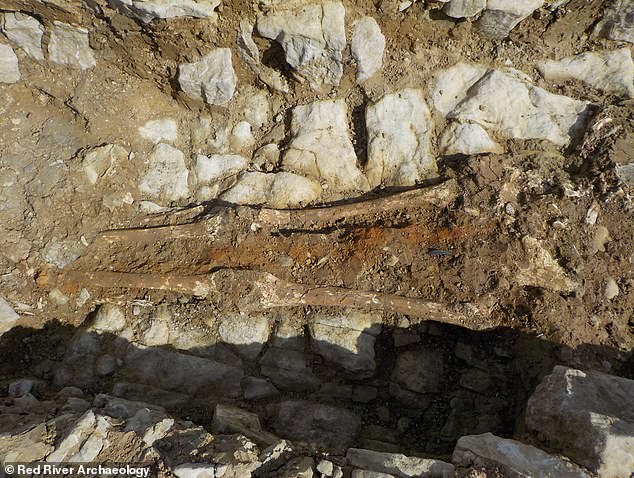

Looking at the bone evidence, archaeologists determined that people here were buried in family groups
Summer Curtis, a bone archaeologist from the University of Reading who worked on the excavation, told MailOnline the bones were in excellent condition.
“We can learn incredible amounts of information from people's remains,” she said.
Once individuals are fully screened, we will be able to build a biological profile, including their age, gender and health status.
“We can already tell that the Fonmon people were hard-working, strong individuals who were likely well-muscled for life, and some of them may have been using their teeth as tools to make craft goods.”
The team also hopes they can use chemical analysis to find out more about the lives of the people in the cemetery.
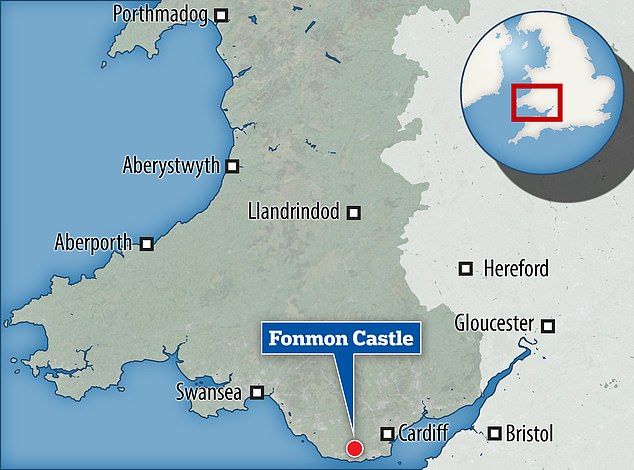

Archaeologists have discovered several unusual burials in a rare medieval cemetery on the grounds of Funmon Castle, near Cardiff.
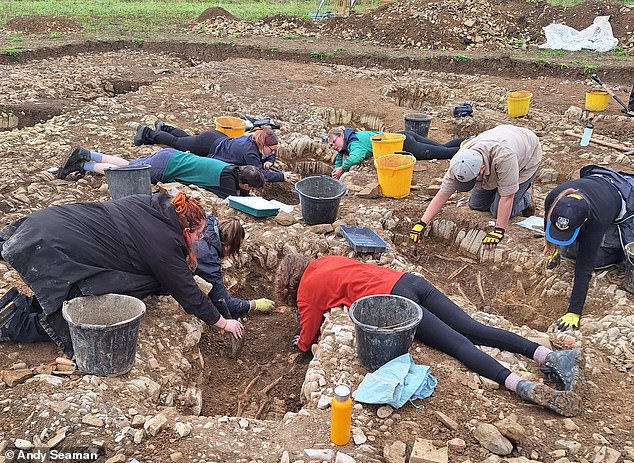

The skeletons are so well preserved that researchers hope to use DNA analysis to uncover family relationships between people buried at the site.
The researchers plan to use stable isotope analysis, which looks for traces of chemicals left behind by a person's diet in the bones, to determine whether they have traveled or migrated.
“We believe the cemetery was organized by family groups, as we have skeletons buried close together that share some differences in bone shape that could be passed down genetically,” Ms Curtis said.
“We also have children mixed with adults, again suggesting family groups.”
If the bones are well preserved, researchers will also be able to take samples for ancient DNA analysis.
This would allow researchers to trace family lineages, marriages, and relationships within this ancient society.
(Tags for translation) Daily Mail
